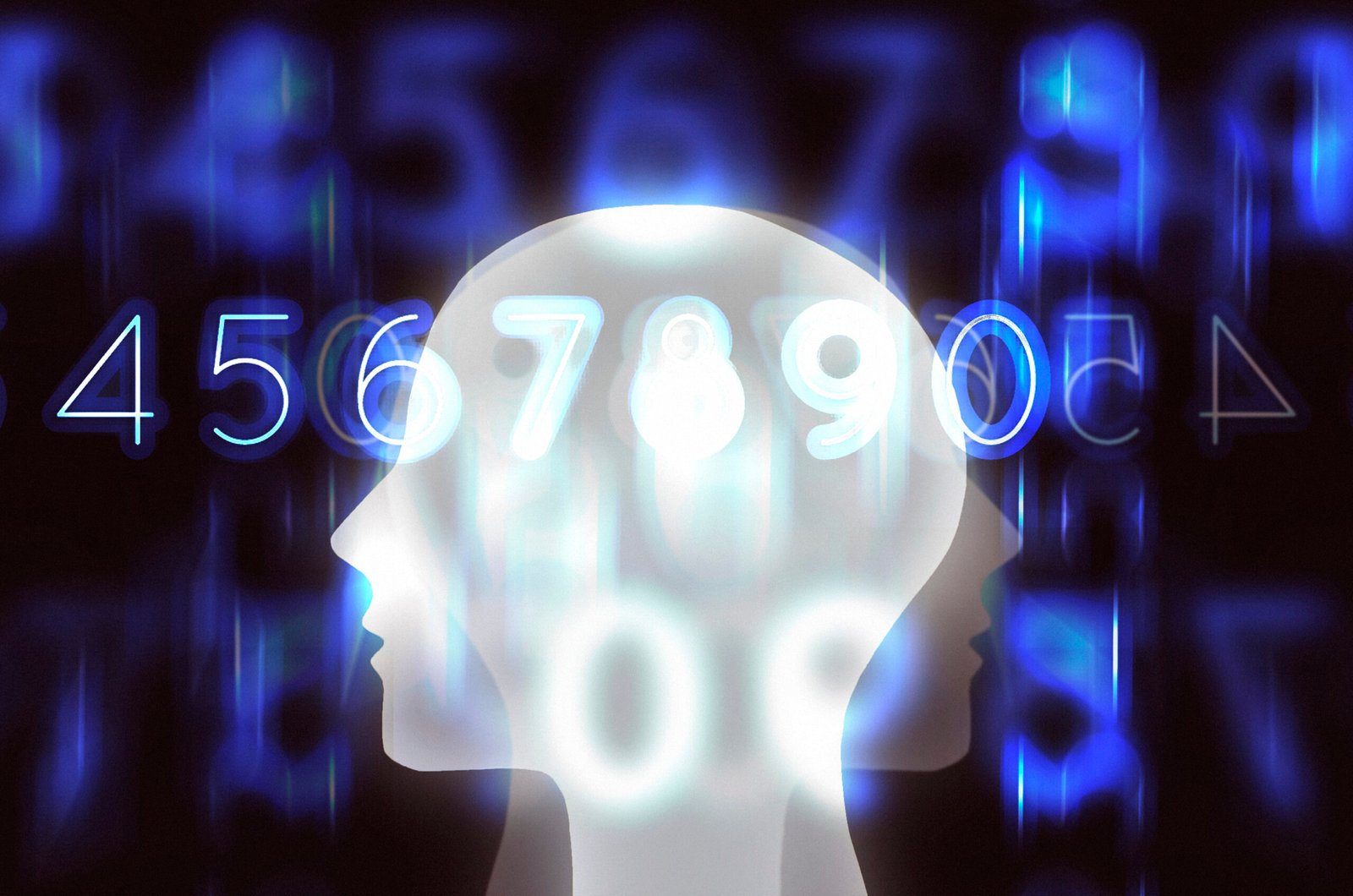The Illusion of Thinking: Uncovering the Limitations of AI Reasoning Models
By Gaurav Garg / July 28, 2025
The Illusion of Thinking: Uncovering the Limitations of AI Reasoning Models
As AI systems evolve beyond language generation into domains like mathematics, planning, and logic puzzles, a new breed of models—so-called reasoning models—has emerged. These systems promise deeper “thinking” abilities through longer outputs and structured explanations. However, recent research challenges the effectiveness of these reasoning-enhanced models and reveals that much of what appears to be logical thinking may, in fact, be a mirage.
This post dives deep into the limitations of AI reasoning models, exploring why they fail at complex tasks despite their sophisticated mechanisms and what it means for the future of machine intelligence.

Table of Contents
What Are AI Reasoning Models?
Unlike traditional large language models (LLMs) that generate outputs directly from prompts, AI reasoning models incorporate intermediate thinking steps such as chain-of-thought (CoT) reasoning, self-reflection, and sometimes iterative verification. These models—branded as reasoning variants—include versions like:
- Claude 3.7 Sonnet (with and without “thinking” mode)
- DeepSeek-R1 and DeepSeek-V3
- Gemini Flash and others in the LRM (Large Reasoning Models) class
The appeal of these systems lies in their ability to generate reasoned traces before arriving at final answers, offering more transparency and, supposedly, better performance in logic-heavy tasks like math problems, planning puzzles, and algorithmic sequences.
Why Standard Benchmarks Fall Short
Most evaluations of reasoning models use datasets like MATH-500, AIME, or GSM8K, which involve solving school-level math problems or coding challenges. However, these benchmarks suffer from several key problems:
- Data Contamination: Benchmarks are often scraped from public sources, meaning models may have seen the problems during training.
- Final Answer Bias: They evaluate only the final answer, ignoring the structure and quality of intermediate steps.
- Limited Complexity Range: These datasets don’t systematically increase compositional depth, making it hard to analyze scalability.
These limitations make it difficult to truly assess whether reasoning models can handle progressively complex tasks—or whether they merely mimic reasoning patterns seen in training.
A Controlled Experiment: Beyond Math Benchmarks
To address these issues, researchers from Apple (Shojaee et al., 2025) developed controllable puzzle environments that simulate algorithmic problem-solving without prior data contamination. Puzzles like Tower of Hanoi, Checkers Jumping, River Crossing, and Blocks World were used to evaluate AI reasoning models across various levels of complexity.
Each puzzle was designed to:
- Require explicit multi-step planning
- Allow variable complexity through parameter tuning
- Be verifiable using a simulator (ground truth steps were known)
By comparing reasoning and non-reasoning model variants on these tasks under equivalent compute budgets, researchers uncovered patterns that challenge prevailing assumptions.
Attribution: Inspired by the methodology outlined in Shojaee et al., 2025, “The Illusion of Thinking.”
Three Regimes of Reasoning Complexity
1. Low-Complexity Tasks: Non-Reasoning Models Excel
In simpler puzzles, standard LLMs (without explicit reasoning modes) outperformed their more verbose counterparts. They used fewer tokens, reached solutions faster, and showed better alignment with ground truth outputs.
This suggests that for straightforward tasks, the extra “thinking” adds unnecessary overhead without improving accuracy.
2. Medium-Complexity Tasks: Reasoning Helps (Temporarily)
As complexity increased—more disks in Hanoi, more blocks in Blocks World—reasoning models began to show advantages. Their structured thinking helped traverse multiple solution paths and avoid simple logical traps.
However, this advantage plateaued quickly, hinting that their reasoning process is more heuristic than genuinely algorithmic.
3. High-Complexity Tasks: Universal Collapse
When complexity reached a critical threshold, both reasoning and non-reasoning models failed catastrophically. Performance dropped to near-zero, regardless of available tokens.
Strikingly, reasoning models reduced their thinking effort (measured in token usage) as tasks got harder, suggesting they were not dynamically allocating more resources to solve tougher problems.
The Collapse of AI Reasoning at Scale
One of the most revealing insights was the non-monotonic behavior of reasoning effort. Rather than increasing with task difficulty, token usage peaked and then declined. This is counterintuitive for systems designed to emulate human-like reasoning, where complex problems typically demand longer and deeper thinking.
Instead of engaging more rigorously, AI models gave up—or worse, fixated on incorrect partial solutions early and repeated them, wasting the rest of their token budget.
Self-Correction and Overthinking: A Flawed Strategy
Reasoning models often display what’s been described as the “overthinking phenomenon.”
Even when they find the correct answer early, they tend to keep generating steps—many of which deviate from the right path. In more complex cases, they fixate on incorrect approaches, show minimal self-correction, and exhaust their token limits without ever reaching the right state.
This reveals a significant design flaw: these models don’t validate their intermediate thoughts against the end goal. Their self-reflection is surface-level—verbose, but not grounded in effective verification.
Implications for AI Development
These findings have serious implications for AI systems deployed in critical domains:
- In Decision Support Tools: A reasoning model may appear confident and thorough, while actually being wrong.
- In AI Agents: Planning actions based on flawed logic chains could lead to unsafe behaviors.
- In Education: Overtrusting the model's thought process could mislead learners.
It also exposes the limitations of reinforcement learning-based improvements that emphasize verbosity (longer chains of thought) without genuine algorithmic grounding.
Conclusion
The rise of reasoning-capable language models has sparked excitement about their potential to solve complex tasks with transparency. But beneath the impressive narratives and structured outputs lies a fragile process that often breaks down under pressure.
The illusion of thinking is just that—an illusion. Until reasoning models are redesigned to adaptively scale their effort, validate their logic, and recover from early mistakes, their ability to “think” will remain a clever facade rather than a true breakthrough.
